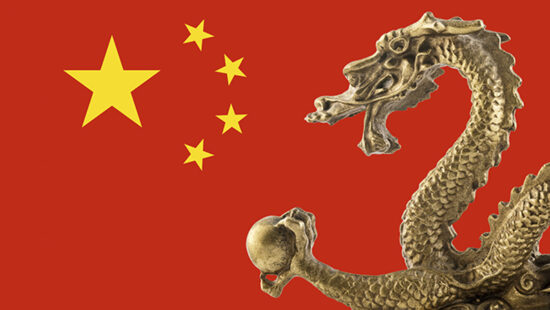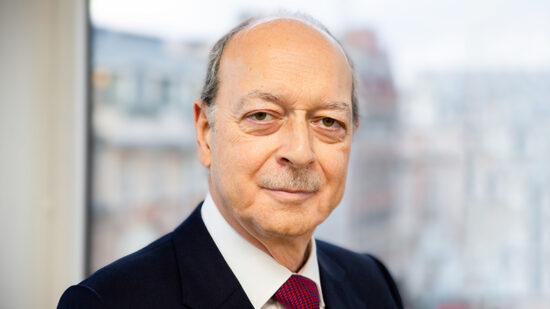Looking ahead, Becket thinks it tactful to adopt a more cautious approach on the basis that market conditions in 2017 will not play out in exactly the same way in 2018.
“Maybe one of the greatest surprises from the last year was the near total absence of volatility and creeping levels of complacency,” he says. “This factor, when combined with near-universal extended valuations should cause investors to increasingly question the appropriateness of their portfolios and whether the level of risk they are taking is still suitable.
“For our part, we have progressively de-risked our portfolios from ‘risk-on’ at the start of 2016 to ‘neutral with a hint of caution’ now”.
Evasive inflation
Inflation proved vexingly stubborn last year, despite central bankers’ best attempts to keep interest rate hikes on a gradual course.
For Andrew Herberts of Thomas Miller Investment, the relatively dovish actions of central banks of the past year have reinforced the notion that history has a tendency of repeating itself.
“The central bankers are terrified of the debt bubble out there,” notes the firm’s head of private client investment, “be it in the UK, be it consumers, be it government debt, be it corporate debt, be it zombie debt sitting out there. They’ve been really scared which is one of the reasons why they haven’t been much more aggressive in raising interest rates and pulling away the punchbowl of quantitative easing.”
But what does he think this means for 2018?
“Basically, I think they’re going to be too late. They will be late to the party on inflation, they’ll stamp on the brakes far too hard and that’s what is going to cause the next one. We can see it already just by the fact of how nervous they are so far. It’s what they always do.
“The lesson around inflation is one we shouldn’t have to relearn,” he adds. “If you don’t have productivity you don’t get earnings growth and if you don’t get earnings growth then your only sources of inflation are external and there is nothing to do about them.”
Herberts believes that one of the upcoming “surprises” is that productivity growth comes back toward the second half of 2018 on the back of increased capital spending.
When that happens we’ll “start seeing wage inflation, which starts feeding through to core inflation which means that central bankers will get scared and stamp on the brakes.”







